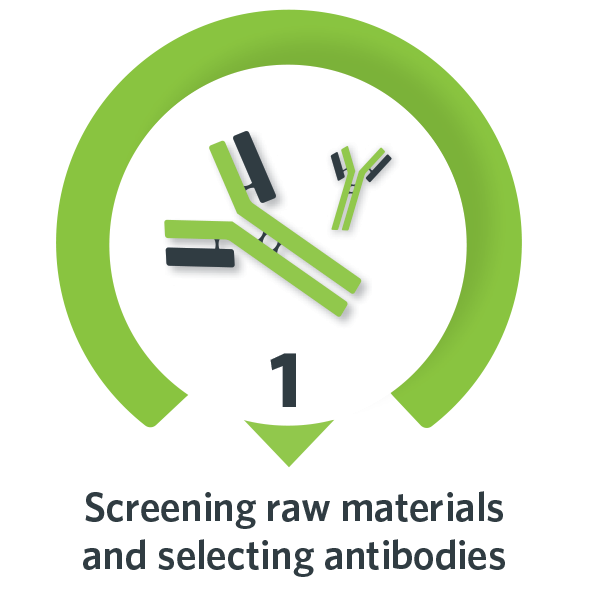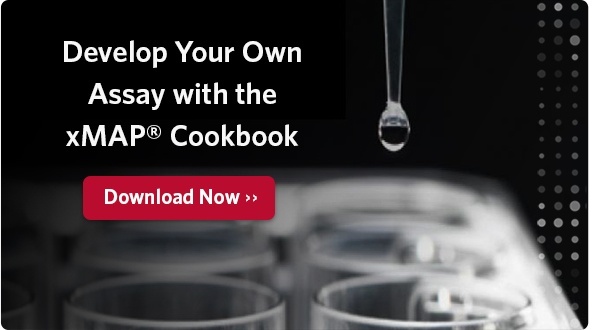Tan has developed more than 400 Bio-Plex® multiplex immunoassays

Who are the people behind your multiplex immunoassay kits?
Dr. Woei Tan is a Senior Staff Scientist at Bio-Rad Laboratories in the San Francisco Bay Area. He has developed more than 400 Bio-Plex® multiplex immunoassays over the past 15 years. When Woei isn’t at work, you’ll find him traveling or taking close-up photographs of nature.
What do you do at Bio-Rad?
I lead assay development for the Bio-Plex product line. I manage the development of multiplex sandwich immunoassays and then work closely with the manufacturing and quality control teams to bring new kits to market. I also interface with product marketing managers to share technical assay development knowledge with customers through seminars, workshops, and conferences.

How does Bio-Rad develop new products?
Product marketing managers, R&D scientists, and data scientists closely monitor trends in publications, conferences, and clinical trials to understand the complex networks of biomarkers across many different disease states. We work collaboratively with our customers to hone these target lists into biologically relevant panels. Once the target analytes for the new panel are set, a team of scientists gets to work on assay development, which requires tremendous effort and deep assay development expertise. The first step is the most important and time-consuming; we work to identify the best antibody pairs available because when you start with something clean, the downstream workflows become easier.
The six stages of assay development are:
- Screening raw materials and selecting antibodies
- Configuring the assay
- Refining buffer formulation
- Minimizing assay cross-talk
- Testing samples
- Optimizing the assay
6 Stages of Multiplex Assay Development





Tell me about plex level effect.
Plex level effect is the accumulated effect of non-specific binding that occurs when a large number of different antibodies coexist. We became acutely aware of this interference in suspension-based immunoassays when we transitioned to MagPlex® beads around 2009. I remember reading a 2014 article by Juncker that addressed the issue of non-specific signal in serological assays.
When we are configuring multiplex assays, the plex level effect is a critical issue that is carefully addressed from the start. The larger the panel, the more severe the effect can be on the assay. Our largest panel is currently a 40-plex, so great care was taken in development to effectively control and minimize the plex effect. Being able to provide customers with top quality products that perform reliably is rewarding.
How do you spend your time away from work?
I travel around the world meeting new people and enjoying their cultures. Most recently, I’ve been to Southeast Asia and India. In future trips, I hope to experience more remote parts of the world like Greenland. As part of my traveling experience, I take close-up photos of plants and insects, which is also known as macro or microphotography.
Bio-Plex is a trademark of Bio-Rad Laboratories, Inc.
Luminex supports life science research with its Research Use Only (RUO) product portfolio. Not for use in diagnostic procedures.
